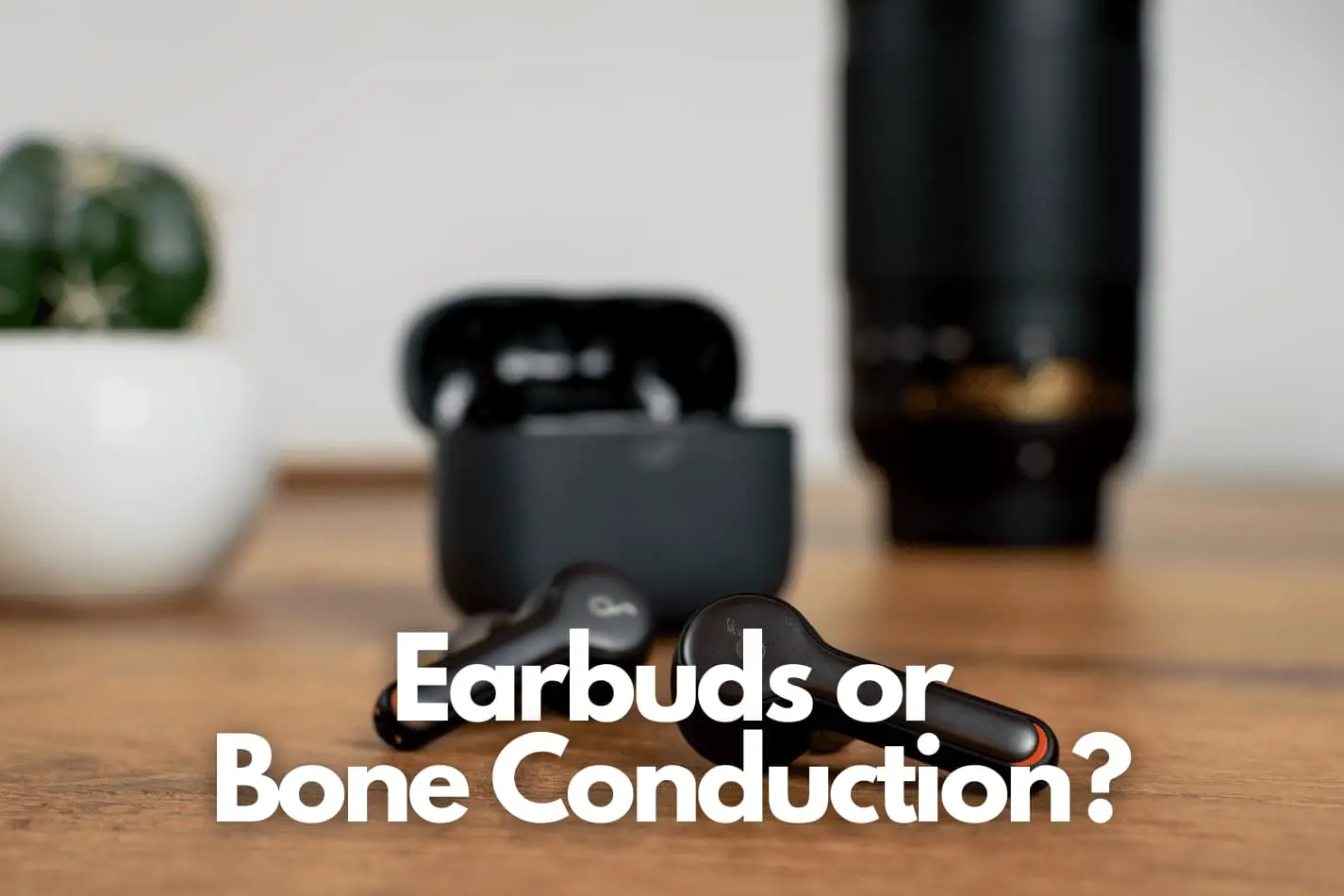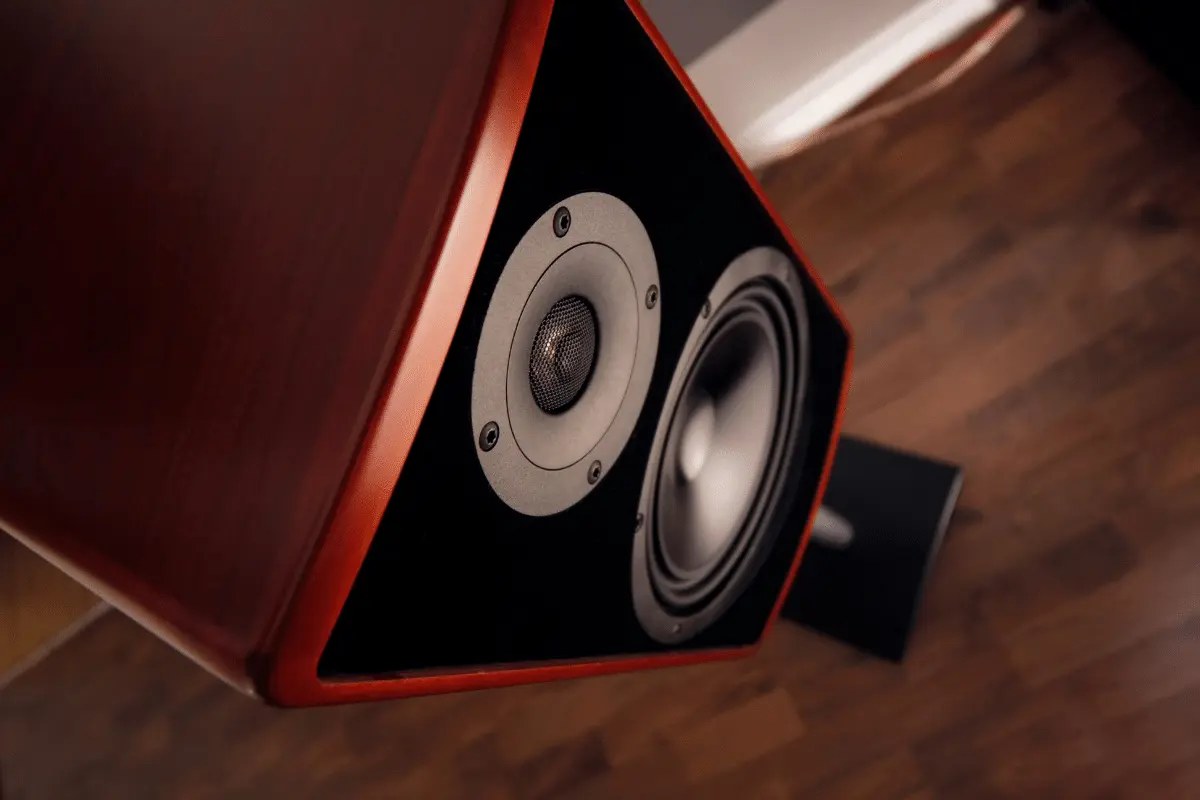If you’re thinking about switching to bone conduction headphones, you should consider a few things before you buy.
While bone conduction headphones offer a superior sound quality, they lack bass and volume. They are also much safer and less comfortable than earbuds.
Let’s take a look at some pros and cons of each. Which is right for you? Let’s start with the benefits of bone conduction headphones.
Less volume
A common complaint of bone conduction headphones is the lack of bass. They don’t produce much volume, and the microphone can’t handle wind and loud noises with many budget options.
Also, bone conduction headphones have lower sound isolation than other headphones.
You may also notice that other noises often drown out the sound of your music in noisy surroundings.
However, bone conduction headphones have several positive points worth considering.
One of the most important aspects of bone conduction headphones is their isolation. However, it’s also important to note that eardrum isolation compromises transmission accuracy.
The good news is that these headphones provide playback, despite their poor isolation.
You should also remember that bone conduction headphones can cause hearing problems in people with damaged outer ears.
Nevertheless, you should be aware that bone conduction headphones can severely degrade your audio quality.
Less bass
When you buy bone conduction headphones, you should be prepared for some drawbacks. The bass quality isn’t as good as other types of headphones.
They also leak sound, so they don’t have the same bass range as other types. But bone conduction headphones are worth their price if you want a more natural sound.
Bone conduction headphones are different from traditional headphones in that they transmit sound differently.
Traditional headphones vibrate the air and send the vibrations directly to the ear, where the brain interprets them as audio.
However, bone conduction headphones use the bones in the skull as a path for vibrations to reach the brain and ears. So, while you’ll get less bass, the audio quality is still excellent.
However, you won’t be immersed in the music with bone conduction headphones.
Safer
Many people have questioned whether or not bone conduction headphones are safe. This question has gotten much attention lately because of the controversy surrounding them.
Before they became popular, bone conduction headphones were used for other purposes, including the military. The military used these headphones to transmit sound.
While some people still question the safety of these headphones, their popularity can be justified.
Bone conduction headphones are safer than earbud earphones because they don’t transmit sound waves through the middle otolith.
Instead, they transmit sound waves through the skull, bypassing the eardrum. These vibrations reach the cochlea, which produces a series of chemical reactions in the auditory nerve.
These signals are transmitted to the brain, where they are interpreted.
More comfortable
Bone conduction headphones are much more comfortable to wear than traditional earbuds. The design is familiar – Shokz Open Run bone conduction headphones have two earpieces and a metal neckband.
They look similar to other bone conduction headphones but are more attractive and perform better with longer battery life.
Bone conduction technology prevents the headphones from encasing your ears, reducing the chances of vertigo.
Bone conduction headphones are not too loud, but some sound leaks out. The sound is more apparent when the volume is higher than 80%.
Wind can overpower the sound when listening to music in a loud environment. They’re also not insulated very well from the outside world.
The downside to bone conduction headphones is their lack of noise isolation. In noisy settings, you might find them stifling noise.
The main difference between earbuds and bone conduction headphones is that they conduct lower frequencies better.
This makes them safer than other types of headphones. You can still hear your surroundings with bone conduction headphones, making them a better choice for outdoor activities.
However, they do not have the perfect sound quality and aren’t safe to wear while walking or running. Bone conduction headphones may be a better option if you have problems with your middle or outer ear.






Leave a Reply
You must be logged in to post a comment.